In today's fast-paced world, where information is abundant yet fleeting, effective memory retention strategies are more crucial than ever. Mind mapping techniques emerge as a powerful tool in this endeavor, offering a unique blend of cognitive benefits and practical applications. Whether you're a student seeking to excel in exams or a professional aiming to enhance workplace efficiency, mind maps can significantly improve memory retention.
Mind mapping isn't just about creating colorful diagrams; it's a dynamic visual learning technique that taps into the brain's natural way of processing information. By visually organizing thoughts, ideas, and information, mind mapping tools facilitate brain training, making it easier to recall details and understand complex concepts. This method aligns with memory improvement strategies that prioritize engaging multiple cognitive functions simultaneously.
Recent advancements underscore the cognitive benefits of mind mapping, including improved problem-solving skills and increased creativity. These benefits are particularly valuable in fields requiring innovation and strategic thinking.
The practical applications of mind mapping extend beyond theoretical discussions. For instance, Knightscope, Inc.'s Q2 2024 Earnings Call Transcript highlights how integrating mind mapping into corporate training programs enhances decision-making and productivity. By visualizing data and strategic plans, employees can synthesize information more effectively, leading to informed business decisions.
In academic environments, mind maps serve as a powerful tool for students looking to improve study habits and memory retention. The U.S. Complementary and Alternative Medicine Size & Trends Analysis Report 2024 highlights the growing interest in alternative learning strategies, including mind mapping for learning.
The Science Behind Mind Mapping
The effectiveness of mind mapping is rooted in its ability to engage multiple cognitive functions simultaneously. This brain training involves activating areas responsible for both analytical thinking and creative visualization, resulting in improved memory retention and comprehension.
A study published in the Journal of Cognitive Enhancement confirmed that individuals who regularly use mind maps exhibit better memory improvement strategies compared to those who rely solely on linear note-taking.
Visual learning techniques, such as mind mapping, offer a pathway to improve memory by transforming abstract information into structured, memorable patterns. This method aligns with findings from recent neuroscience research, indicating that visual stimuli significantly enhance memory retention.
Incorporating these techniques into everyday learning aids in memory enhancement and fosters a deeper understanding of the material, allowing learners to apply knowledge more effectively.
Recent Trends and Innovations in Mind Mapping
The integration of technology has ushered in new dimensions for mind mapping tools. Google's exploration of wireless streaming technology, as explained in Chromecast or Google Cast, showcases how digital platforms facilitate interactive mind mapping sessions, making collaborative learning more accessible.
Moreover, advancements in artificial intelligence are reshaping how services utilize mind mapping for productivity. An article on gen AI in services highlights how AI-driven tools automate data organization processes, freeing up human resources for more critical thinking tasks.
To maximize the benefits of mind mapping techniques for boosting memory retention, consider the following best practices:
Use Colors and Images: Enhance memory retention by incorporating colors and images that resonate with the subject matter.
Start with a Central Idea: Anchor your mind map with a central concept, then branch out with related topics to maintain focus.
Keep It Simple: Avoid clutter by using keywords instead of lengthy sentences. This simplicity aids in quick recall and comprehension.
Regularly Update Maps: As new information becomes available, update your mind maps to ensure they remain relevant and comprehensive.
Incorporate Technology: Utilize digital tools to create interactive and shareable mind maps that facilitate collaboration.
Conclusion: Harness the Power of Mind Mapping for Cognitive Mastery
Mind mapping is a transformative tool that aligns with our brain's natural cognitive processes, effectively boosting memory retention. By visually organizing information through images, colors, and keywords, mind maps facilitate enhanced recall and understanding. This method is not merely an academic or professional resource but a catalyst for unlocking creative potential and improving problem-solving skills.
Mind mapping extends its benefits to various real-world applications, from corporate settings to academic environments. Organizations like Knightscope, Inc. have demonstrated improved decision-making and productivity by integrating mind maps into training programs. Similarly, students employing these techniques can better manage complex subjects, leading to superior exam performance and deeper comprehension.
The science behind mind mapping underscores its ability to engage multiple cognitive functions, promoting both analytical and creative thinking. Studies from the Journal of Cognitive Enhancement reveal that regular use of mind maps offers superior memory improvement compared to traditional note-taking methods.
Technological advancements have further enriched mind mapping tools, enabling interactive and collaborative learning experiences. The integration of artificial intelligence and digital platforms enhances the efficiency and accessibility of these techniques, paving the way for innovative approaches to information retention.
To fully reap the benefits of mind mapping, it is essential to employ best practices: use colors and images, start with a central idea, maintain simplicity, regularly update maps, and incorporate technology for interactive experiences.

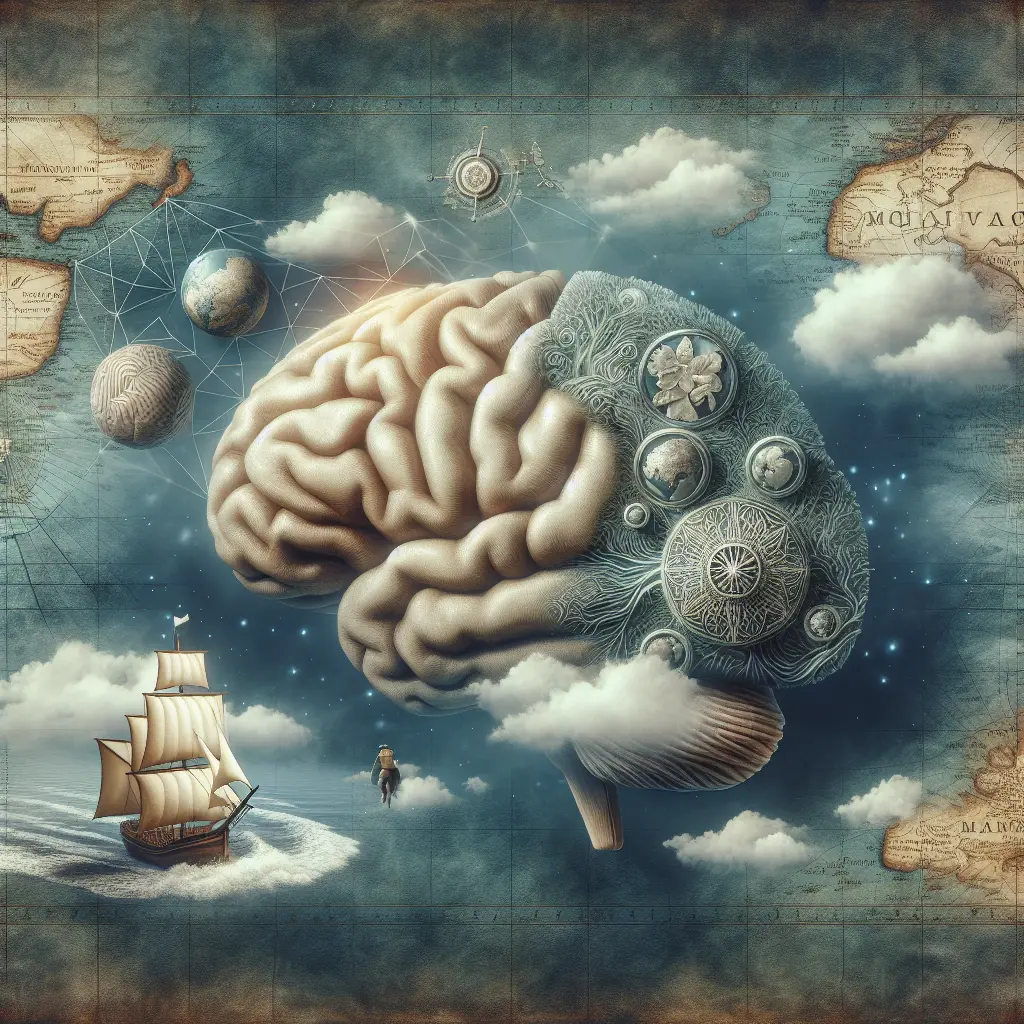
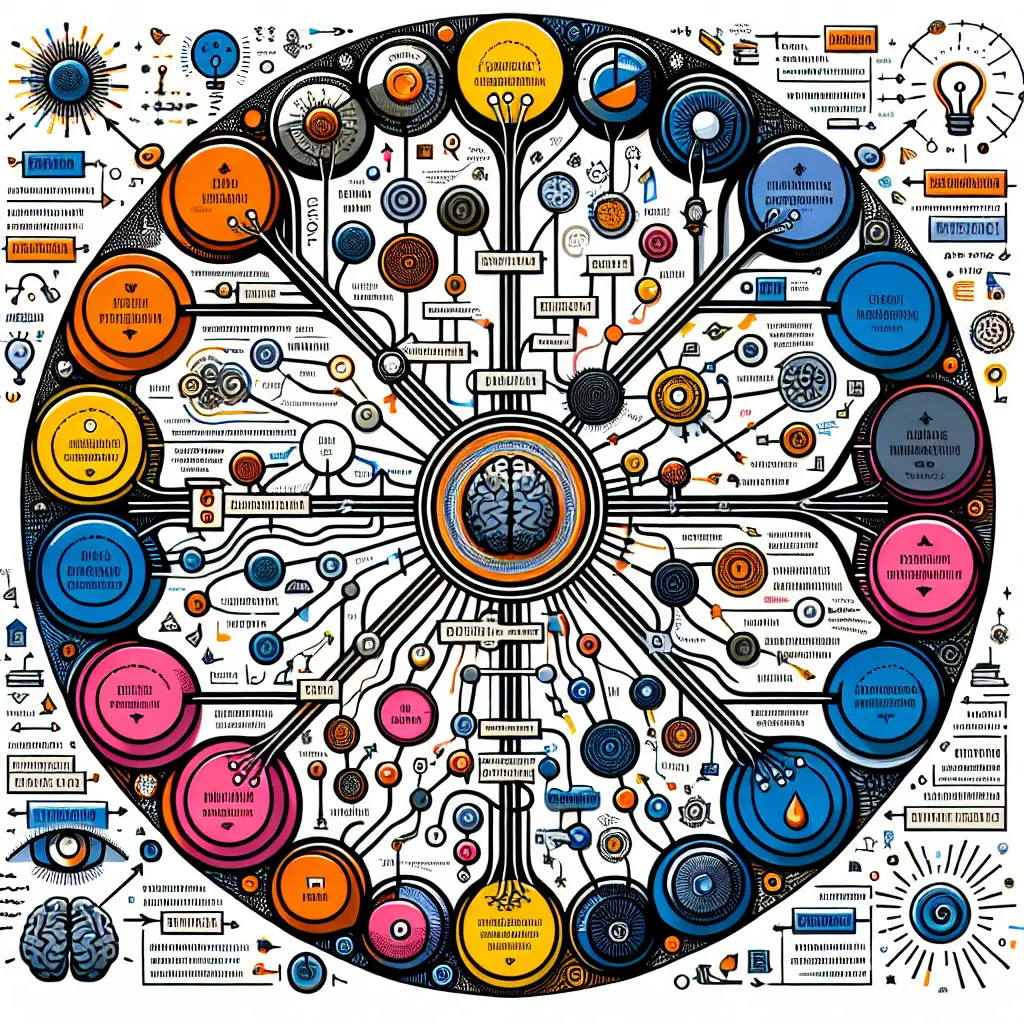

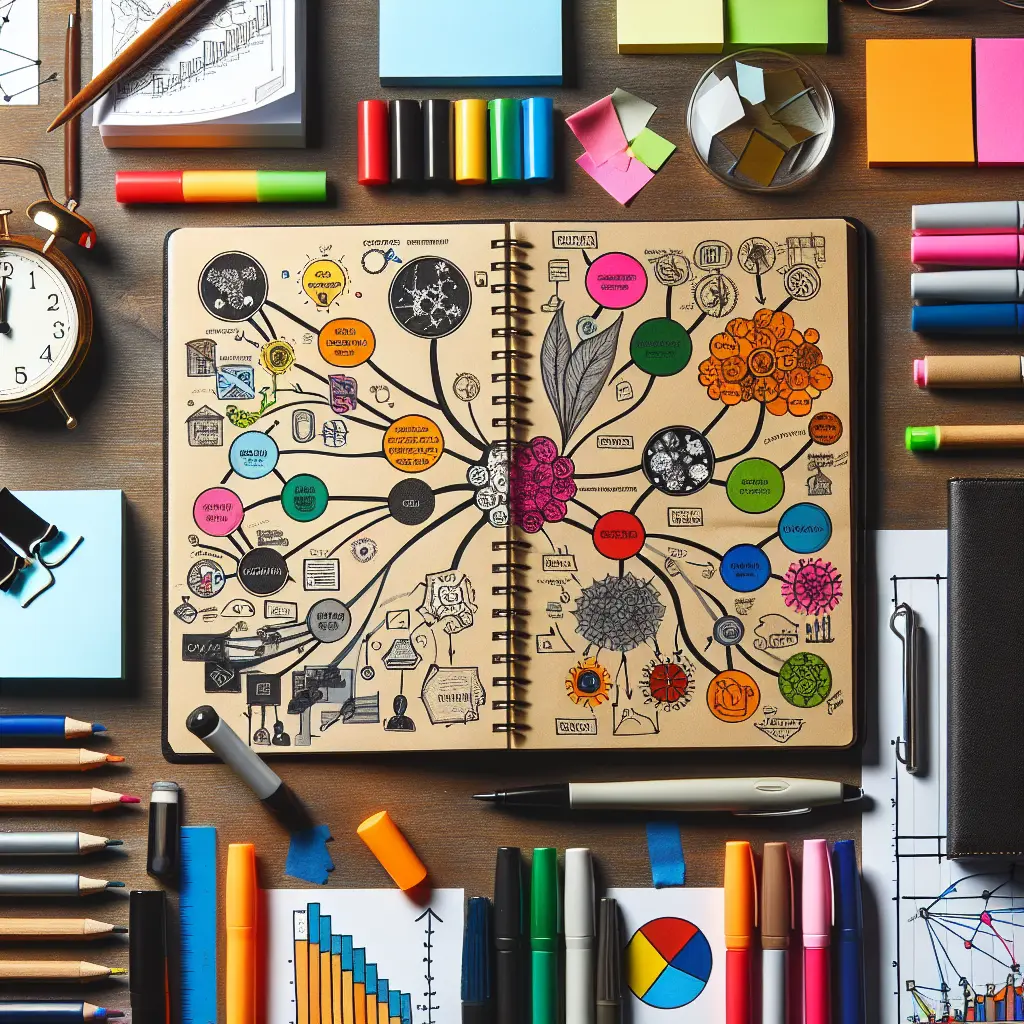
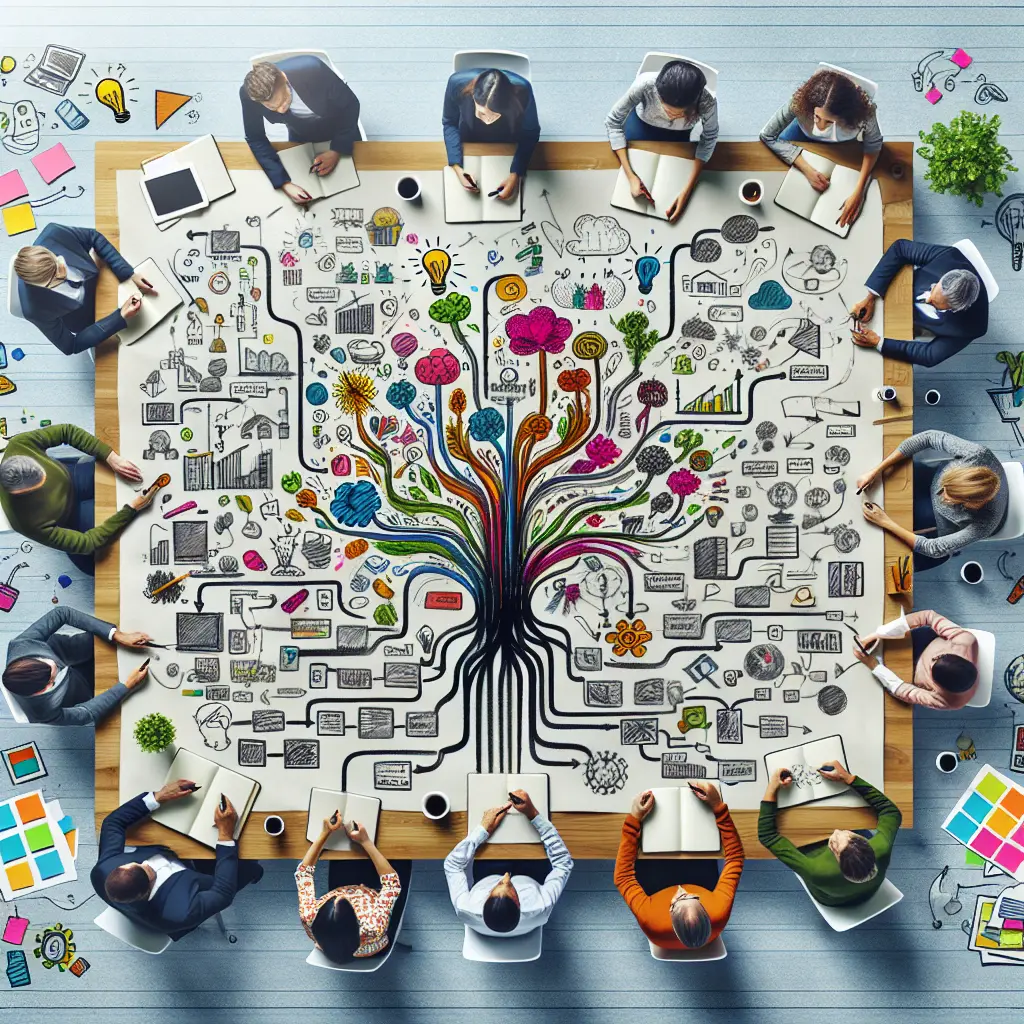

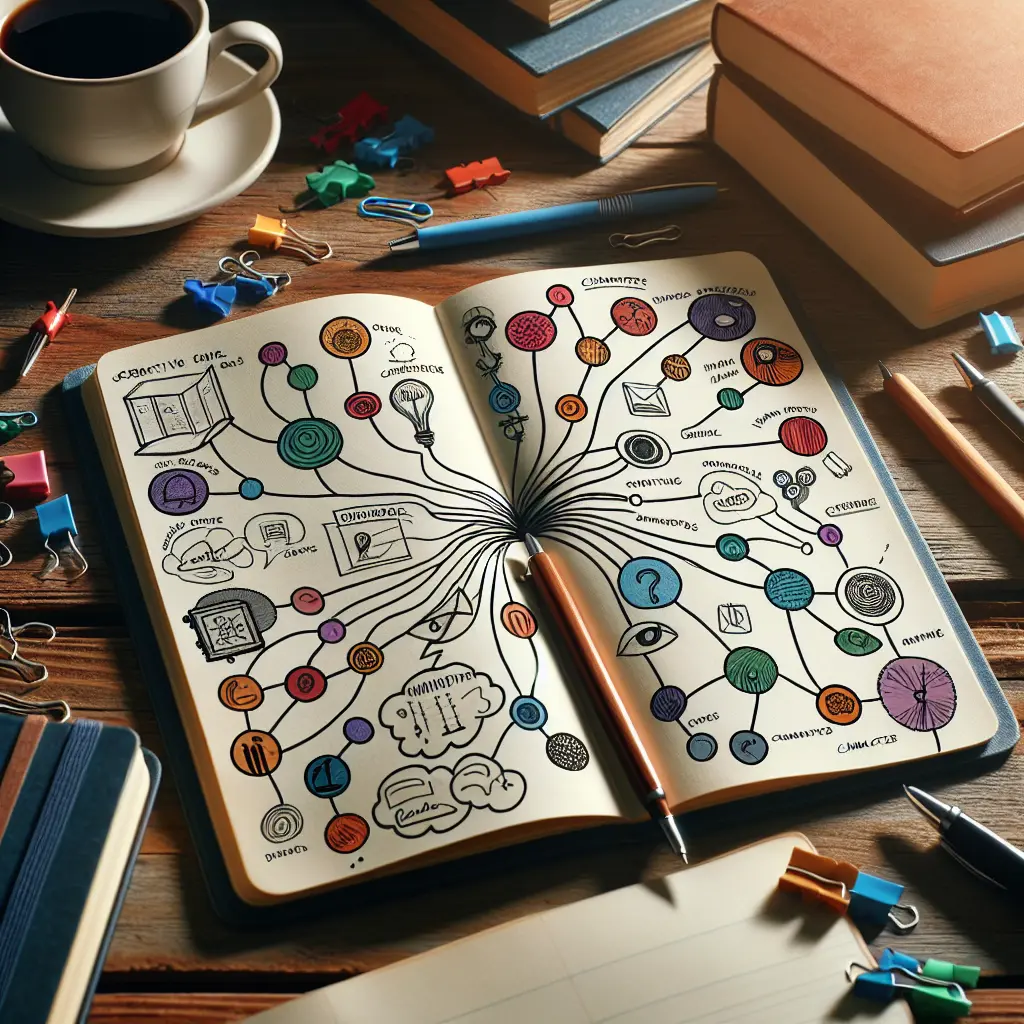
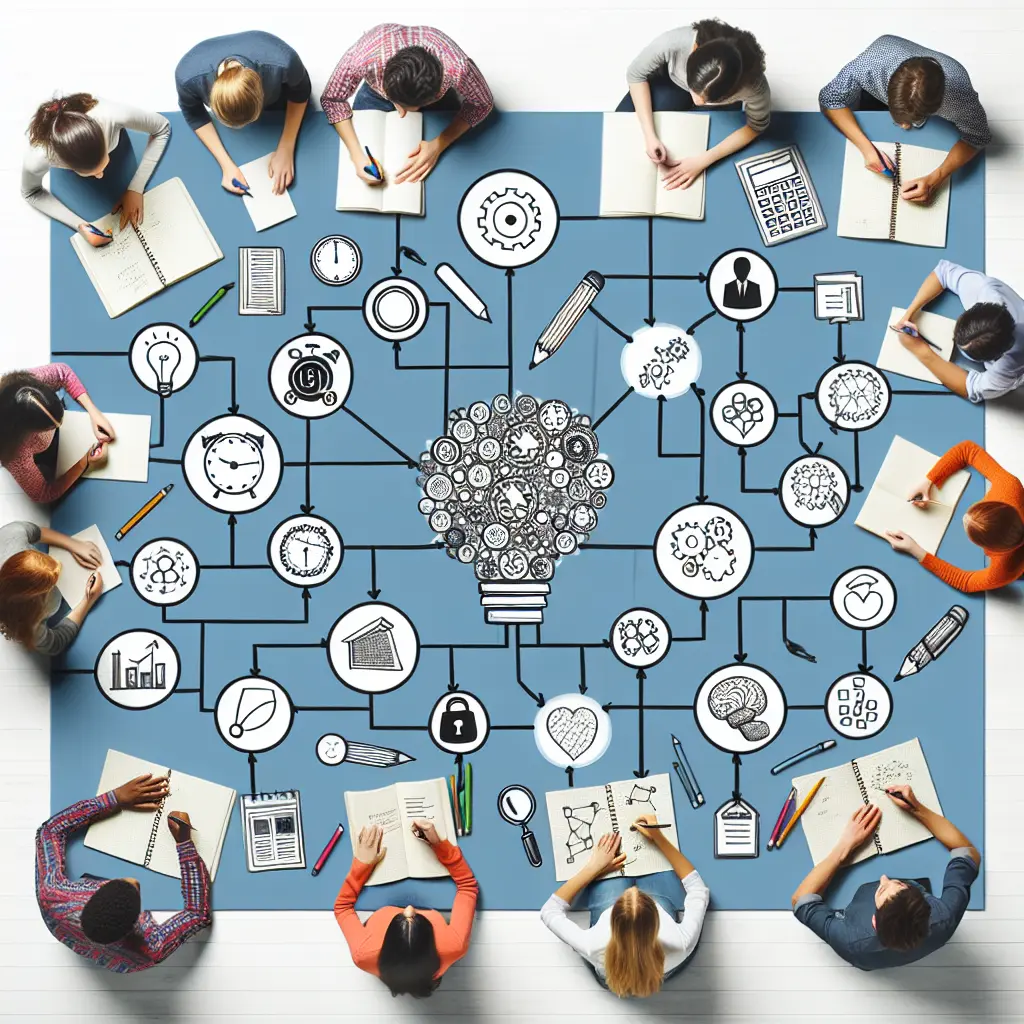
Leave a Comment